Making the Flag
Explore The Interactive FlagIn the summer of 1813, Mary Pickersgill (1776–1857) was contracted to sew two flags for Fort McHenry in Baltimore, Maryland. The one that became the Star-Spangled Banner was a 30 x 42–foot garrison flag; the other was a 17 x 25–foot storm flag for use in inclement weather. Pickersgill, a thirty-seven-year-old widow, was an experienced maker of ships’ colors and signal flags. She filled orders for many of the military and merchant ships that sailed into Baltimore’s busy port.
Helping Pickersgill make the flags were her thirteen-year-old daughter Caroline; nieces Eliza Young (thirteen) and Margaret Young (fifteen); and a thirteen-year-old African American indentured servant, Grace Wisher. Pickersgill’s elderly mother, Rebecca Young, from whom she had learned flag making, may have helped as well.
Pickersgill and her assistants spent about seven weeks making the two flags. They assembled the blue canton and the red and white stripes of the flag by piecing together strips of loosely woven English wool bunting that were only 12 or 18 inches wide.
Family keepsakeCollect Stars To Complete The Flag
Who sewed the flag now known as the Star-Spangled Banner?
- Betsy Ross
- A team of women President Madison hired
- Mary Pickersgill with her daughter, two nieces, and an indentured servant
-
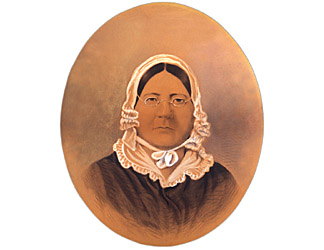
Mary Pickersgill
Mary Pickersgill, nearly forty years after she made the flag. Courtesy of Pickersgill Retirement Community.
-
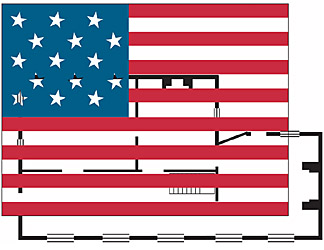
Floor Plan of Mary Pickersgill’s House
The huge 30 by 42–foot flag overwhelmed the cramped rooms of Pickersgill’s house. She moved the operation across the street to the more spacious Claggett’s brewery. There they assembled the pieces of the flag and placed fifteen cotton stars on the blue canton.
-
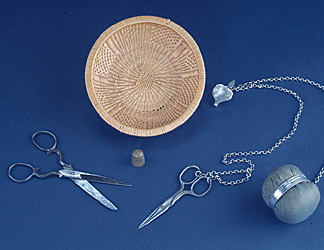
Sewing Implements
Needles, scissors, pins, and chatelaine from the, early 1800s, of the type Pickersgill and her assistants would have used to make the flag.
-
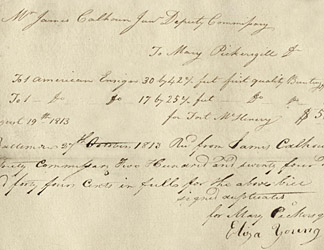
Receipt for the Star-Spangled Banner
Pickersgill was paid $405.90 for the flag that became the Star-Spangled Banner, more than most Baltimoreans earned in a year. Courtesy of Flag House and Star-Spangled Banner Museum.
-
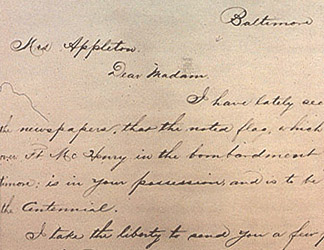
(Page 1) Making the Flag
Mary Pickersgill's daughter, Caroline Purdy, wrote a letter (PDF) to Major Armistead's daughter, Georgiana Appleton, in 1876, long after the Star-Spangled Banner was made. She told how her mother “worked many nights until 12 o'clock to complete [the flag] in the given time.” Courtesy American Antiquarian Society.
-

(Page 2) Making the Flag
Mary Pickersgill's daughter, Caroline Purdy, wrote a letter (PDF) to Major Armistead's daughter, Georgiana Appleton, in 1876, long after the Star-Spangled Banner was made. She told how her mother “worked many nights until 12 o'clock to complete [the flag] in the given time.” Courtesy American Antiquarian Society.





